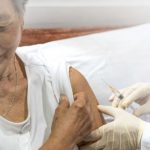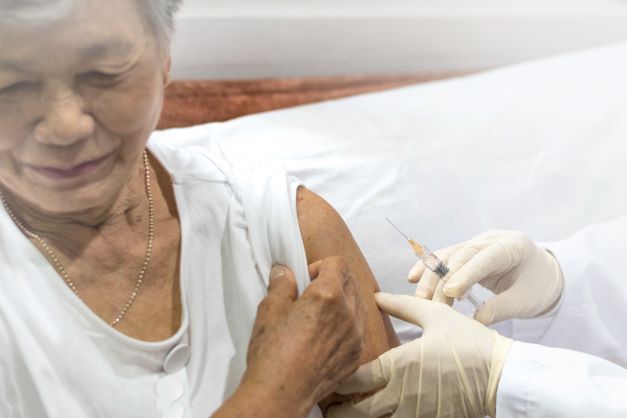 According to the Center for Strategic & International Studies, the COVID-19 death rate has been skyrocketing in multiple Southeast Asian countries since July 2021, with record high case numbers over the past month.
According to the Center for Strategic & International Studies, the COVID-19 death rate has been skyrocketing in multiple Southeast Asian countries since July 2021, with record high case numbers over the past month.
And with the recent emergence of the Delta variant, which may have increased transmissibility, the number of new COVID-19 cases has increased. This has led to a reimplementation of lockdown measures.
On August 9, Indonesia had a COVID-19 death rate of 392 per million, one of the highest in the region. Malaysia and the Philippines had similarly high rates, of 334 and 262 per million, respectively.
Meanwhile, Malaysia’s parliament is currently in a 2-week lockdown due to four cases of Delta variant infection among its staff. In the public sphere, tensions are growing, as lawmakers criticize the lockdown, saying that it is part of an attempt by the government to avoid taking responsibility for their handling of the pandemic response.
And for most of the month of August, the Manila metro region of the Philippines has implemented strict lockdown measures.
On August 9, Brunei, Singapore, and Laos reported lower death rates and Singapore even has one of the highest vaccination rates, with 66% of the population fully vaccinated. But Thailand and Vietnam, both of which had maintained relatively low case numbers, which can be attributed to continued testing and distancing measures, saw a sharp increase in cases in July.
Thailand’s foreign ministry has implemented new travel limitations in tourist regions for the first half of August. Travel curbs and curfews are also in effect in Bangkok and other regions with high case numbers until the end of the month.
Vietnam, where only 1.03% of the population is fully vaccinated, continues to receive additional vaccine doses through the COVAX initiative.
Insufficient vaccine distribution
Ineffective vaccine distribution, under-resourced healthcare systems, and vaccine hesitancy all contribute to the current record COVID-19 case numbers in the region. Not to mention that a lack of resources throughout healthcare systems, particularly in low-income countries, have limited the ability to prevent and treat COVID-19 cases. While many national and local public health responses were effective in dealing with the first wave of COVID-19, further efforts were needed to ensure long-term protection.
The World Health Organization (WHO) stated that as of August 2021, a total of 618.5 million vaccines had been administered in Southeast Asia, which translates to 146 million people being fully vaccinated.
Despite these hopeful figures, ongoing efforts are needed to promote vaccine equity and ensure widespread vaccine distribution. At the Global Health Summit 2021, in May, specialists noted that a mere 0.3% of the total number of administered vaccines had gone to lower-income countries. The remaining went to higher-income countries, including the United States, the United Kingdom, Canada, and Germany.
In addition, conflicting information about the safety and efficacy of COVID-19 vaccines has prompted uncertainty and hesitancy.
Next steps in vaccine distribution
The COVAX initiative, a collaboration among the WHO and other health bodies, is seeking to address shortages and the cost of vaccine supply in an effort to protect those most at risk — with a goal of producing 2 billion more vaccines by the end of 2021.
In addition, India and South Africa have called for a waiver of the Trade-Related Aspects of Intellectual Property Rights (TRIPS) agreement. This was established in 1995 as part of the efforts of the World Trade Organization (WTO) to guarantee further protections for individual intellectual property.
Waiving the TRIPS agreement would promote the distribution of vaccines and related manufacturing processes and technologies. While this step has been supported by 100 countries, including the U.S., it is still facing resistance from several of the wealthiest nations.
Government agencies and communities must collaborate to ensure that vaccines are accessible and that precautionary distancing and mask measures continue.
Source: Medical News Today

















